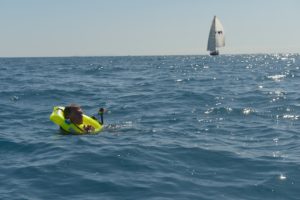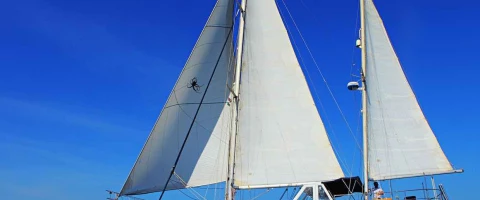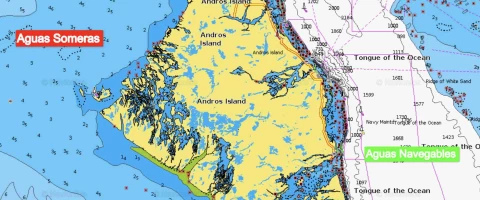When someone falls into the water while sailing, it's really important to act quickly to save them. There are different moves sailors can use to rescue someone who fell overboard. Let's talk about some of them:
Quick Stop
In smaller sailboats, the Quick Stop maneuver is often used. When someone falls overboard, the boat turns quickly into the wind to stop moving forward. This helps the boat get closer to the person in the water, making it easier to rescue them.
Figure Eight
The Figure Eight maneuver is helpful for larger sailboats or when the wind and waves are strong. The person steering the boat moves it in a pattern that looks like the number eight. This helps keep control of the boat while getting closer to the person in the water from different angles.
Williamson Turn:
The Williamson Turn is a move used in powerboats, but it can also work for sailboats. It involves making a series of turns to bring the boat back to the person in the water. First, the boat turns away from the person. Then, after some time, it turns the other way to intercept the person's location.
Lifesling Recovery
Lifesling Recovery uses a special device called a Lifesling to rescue the person. The Lifesling is thrown into the water with a rope attached to it. Meanwhile, the boat moves in a controlled figure-eight pattern around the person. This helps bring the person close to the boat so they can be lifted back on board using the Lifesling.
Crew Overboard (COB) Drill:
The Crew Overboard Drill is a practice session involving everyone on the boat. They simulate a man overboard situation and follow a planned set of moves and actions. This drill helps the crew understand what to do in a real emergency.
Remember, different boats and sailing conditions may need different moves. It's also important to have safety equipment like personal locator beacons to help with rescues
Regular practice of man overboard drills is key. Training on the specific procedures recommended by the boat manufacturer and relevant maritime authorities is crucial for all sailors.
Would you like to learn more about different man overboard techniques or would you like to train these maneuvers in practice? Book a sailing course with Neptuno in Barcelona. Neptuno provide a wide range of RYA sailing courses adapted to your skills and experience.




